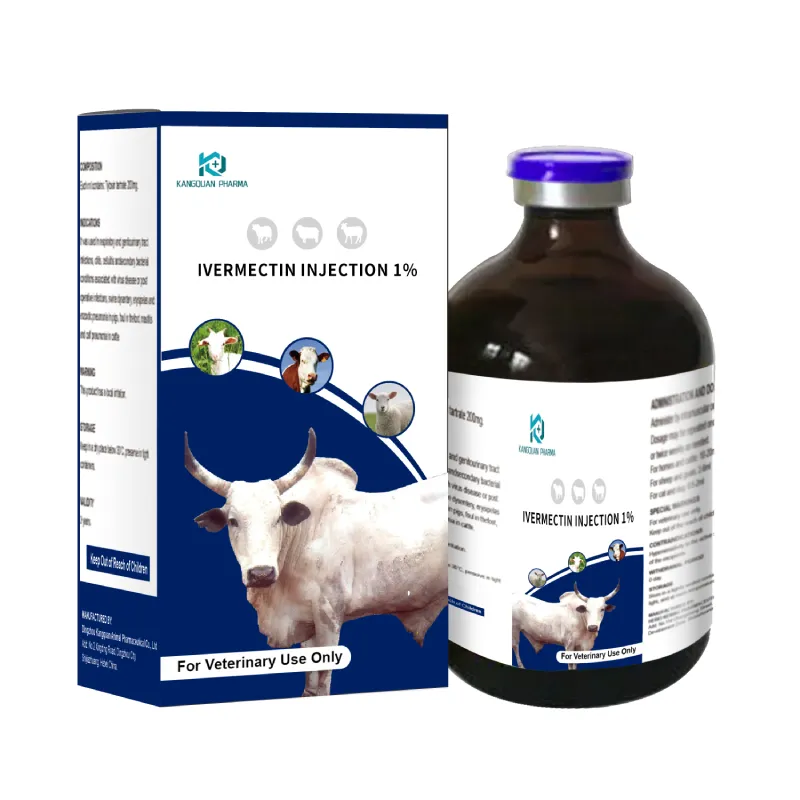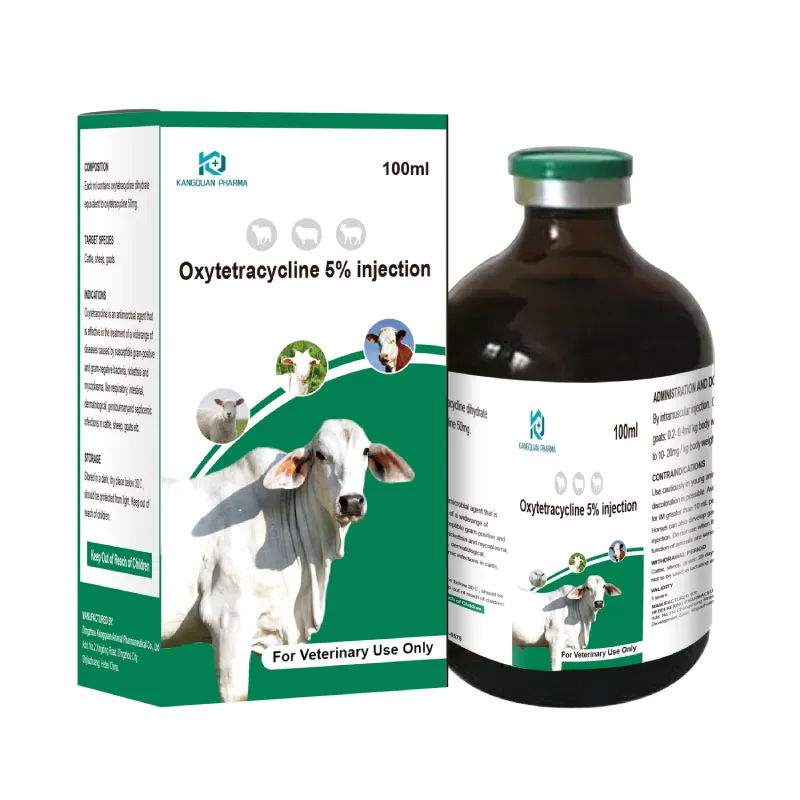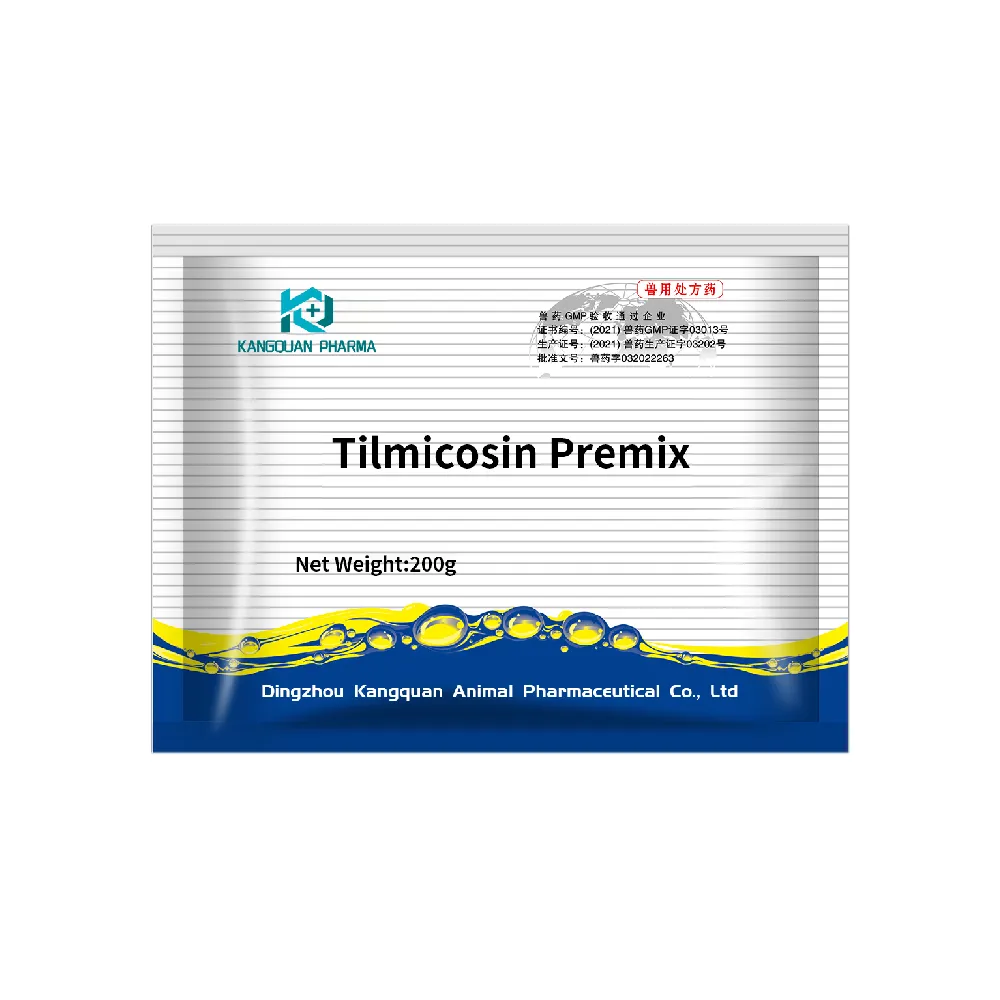- Afrikaans
- Albanian
- Amharic
- Arabic
- Armenian
- Azerbaijani
- Basque
- Belarusian
- Bengali
- Bosnian
- Bulgarian
- Catalan
- Cebuano
- Corsican
- Croatian
- Czech
- Danish
- Dutch
- English
- Esperanto
- Estonian
- Finnish
- French
- Frisian
- Galician
- Georgian
- German
- Greek
- Gujarati
- Haitian Creole
- hausa
- hawaiian
- Hebrew
- Hindi
- Miao
- Hungarian
- Icelandic
- igbo
- Indonesian
- irish
- Italian
- Japanese
- Javanese
- Kannada
- kazakh
- Khmer
- Rwandese
- Korean
- Kurdish
- Kyrgyz
- Lao
- Latin
- Latvian
- Lithuanian
- Luxembourgish
- Macedonian
- Malgashi
- Malay
- Malayalam
- Maltese
- Maori
- Marathi
- Mongolian
- Myanmar
- Nepali
- Norwegian
- Norwegian
- Occitan
- Pashto
- Persian
- Polish
- Portuguese
- Punjabi
- Romanian
- Russian
- Samoan
- Scottish Gaelic
- Serbian
- Sesotho
- Shona
- Sindhi
- Sinhala
- Slovak
- Slovenian
- Somali
- Spanish
- Sundanese
- Swahili
- Swedish
- Tagalog
- Tajik
- Tamil
- Tatar
- Telugu
- Thai
- Turkish
- Turkmen
- Ukrainian
- Urdu
- Uighur
- Uzbek
- Vietnamese
- Welsh
- Bantu
- Yiddish
- Yoruba
- Zulu
វិច្ឆិកា . 10, 2024 15:33 Back to list
Comprehensive Guide to Antibiotic Use and Treatment Recommendations
Antibiotic Use A Comprehensive Guide
Antibiotics are powerful medications that fight bacterial infections by either killing bacteria or inhibiting their growth. They have revolutionized medicine since their introduction, saving countless lives and transforming the treatment of infections. However, their misuse and overuse have led to a growing concern regarding antibiotic resistance, making it essential for patients and healthcare providers to understand how to use these medications responsibly.
Understanding Antibiotics
Antibiotics are categorized into several classes, each targeting specific types of bacteria. Some of the most common classes include penicillins, cephalosporins, tetracyclines, and macrolides. Each class has its unique mechanism of action, spectrum of activity, and side effects. For instance, penicillins are effective against gram-positive bacteria and some gram-negative bacteria, while tetracyclines have a broader spectrum that includes some atypical pathogens.
Determining the appropriate antibiotic for a given infection often requires lab tests to identify the causative bacteria and their sensitivity to different drugs. In cases where immediate treatment is necessary, empirical therapy—using antibiotics based on the most likely pathogens—may be initiated before laboratory results are available.
Responsible Antibiotic Use
The cornerstone of responsible antibiotic use is ensuring that antibiotics are prescribed only when necessary and appropriate. Many viral infections, such as the common cold or flu, are mistakenly treated with antibiotics, which have no effect on viruses. Education about the distinction between bacterial and viral infections is vital in preventing unnecessary prescriptions.
Patients must also adhere to the prescribed antibiotic regimen. This includes taking the full course of medication, even if symptoms improve before completion. Stopping treatment early can allow remaining bacteria to survive and potentially develop resistance. Furthermore, sharing antibiotics with others or using leftover prescriptions can lead to improper dosing and increased resistance.
antibiotic guide pdf

The Threat of Antibiotic Resistance
Antibiotic resistance occurs when bacteria evolve mechanisms to withstand the effects of medications that once effectively treated them. This resistance can arise from overuse in humans and animals, as well as from improper patient practices. The World Health Organization (WHO) warns that antibiotic-resistant infections could lead to millions of deaths annually if not addressed.
Creating awareness about antibiotic resistance is crucial for public health. Healthcare systems worldwide are strategies in reducing antibiotic overuse, such as implementing guidelines for appropriate prescribing and monitoring antibiotic consumption. Additionally, public education campaigns aim to inform patients about the consequences of misuse and to encourage discussions with healthcare providers regarding the necessity of antibiotics for specific conditions.
The Role of Healthcare Providers
Healthcare providers play a crucial role in combatting antibiotic resistance. They should take time to educate patients on the appropriate use of antibiotics, emphasizing that these medications are not a cure-all. They must also stay informed about resistance patterns in their community to guide their prescribing practices effectively.
In some cases, providers may recommend alternative treatments or supportive care for viral infections to avoid unnecessary antibiotic use. Furthermore, adopting stewardship programs in healthcare settings can promote judicious prescribing, ultimately aiming to optimize antibiotic use and reduce resistance.
Conclusion
Antibiotics are an essential tool in modern medicine, but their misuse poses a significant risk to public health. Understanding when and how to use antibiotics is crucial for patients and healthcare providers alike. By adhering to responsible practices, educating the public, and fostering a culture of stewardship, we can preserve the effectiveness of antibiotics for future generations. The fight against antibiotic resistance is a collective effort that requires vigilance, knowledge, and commitment from everyone involved in healthcare and the community at large. Together, we can ensure that antibiotics remain a vital resource in the battle against bacterial infections.
-
Guide to Oxytetracycline Injection
NewsMar.27,2025
-
Guide to Colistin Sulphate
NewsMar.27,2025
-
Gentamicin Sulfate: Uses, Price, And Key Information
NewsMar.27,2025
-
Enrofloxacin Injection: Uses, Price, And Supplier Information
NewsMar.27,2025
-
Dexamethasone Sodium Phosphate Injection: Uses, Price, And Key Information
NewsMar.27,2025
-
Albendazole Tablet: Uses, Dosage, Cost, And Key Information
NewsMar.27,2025













